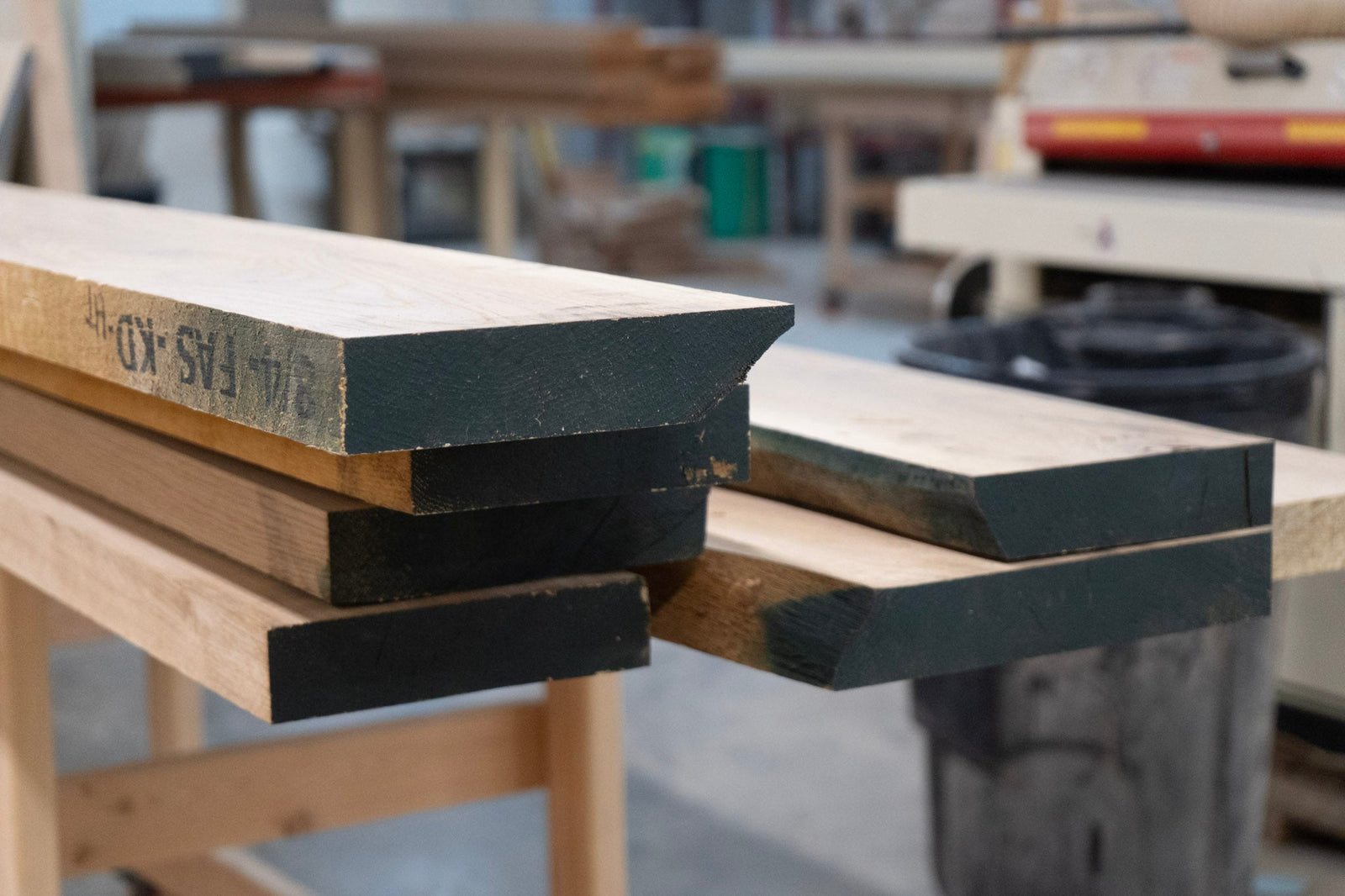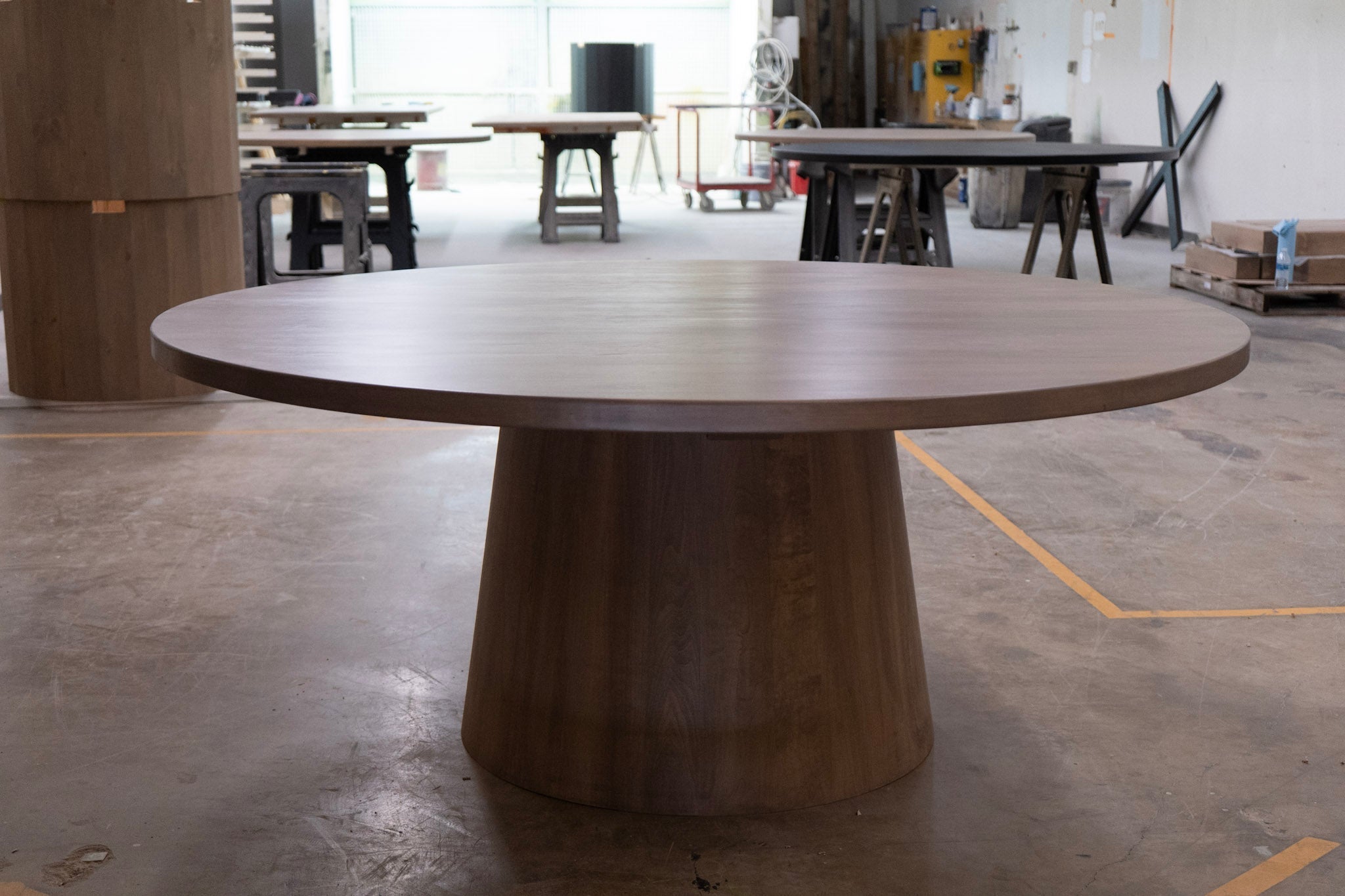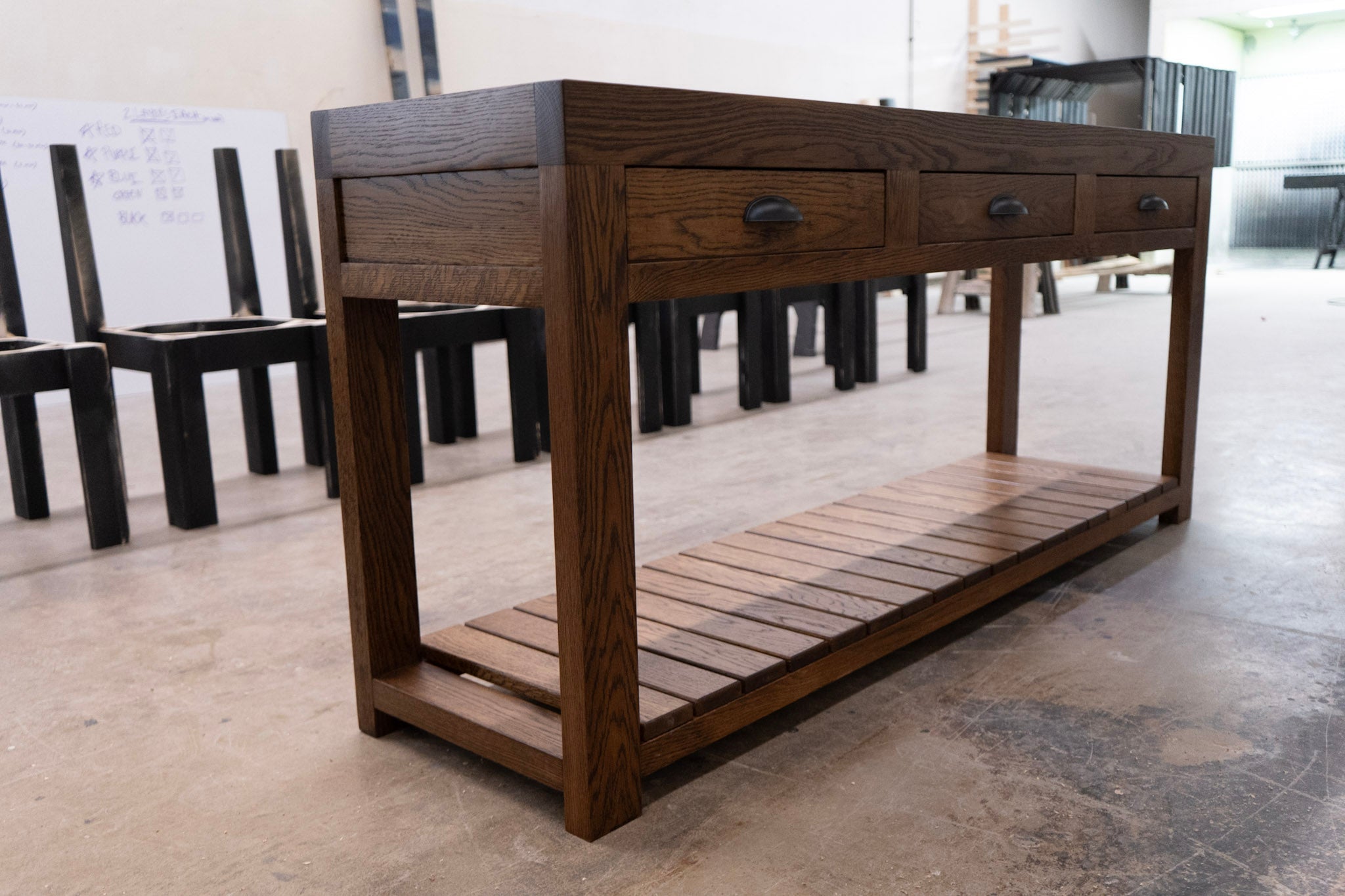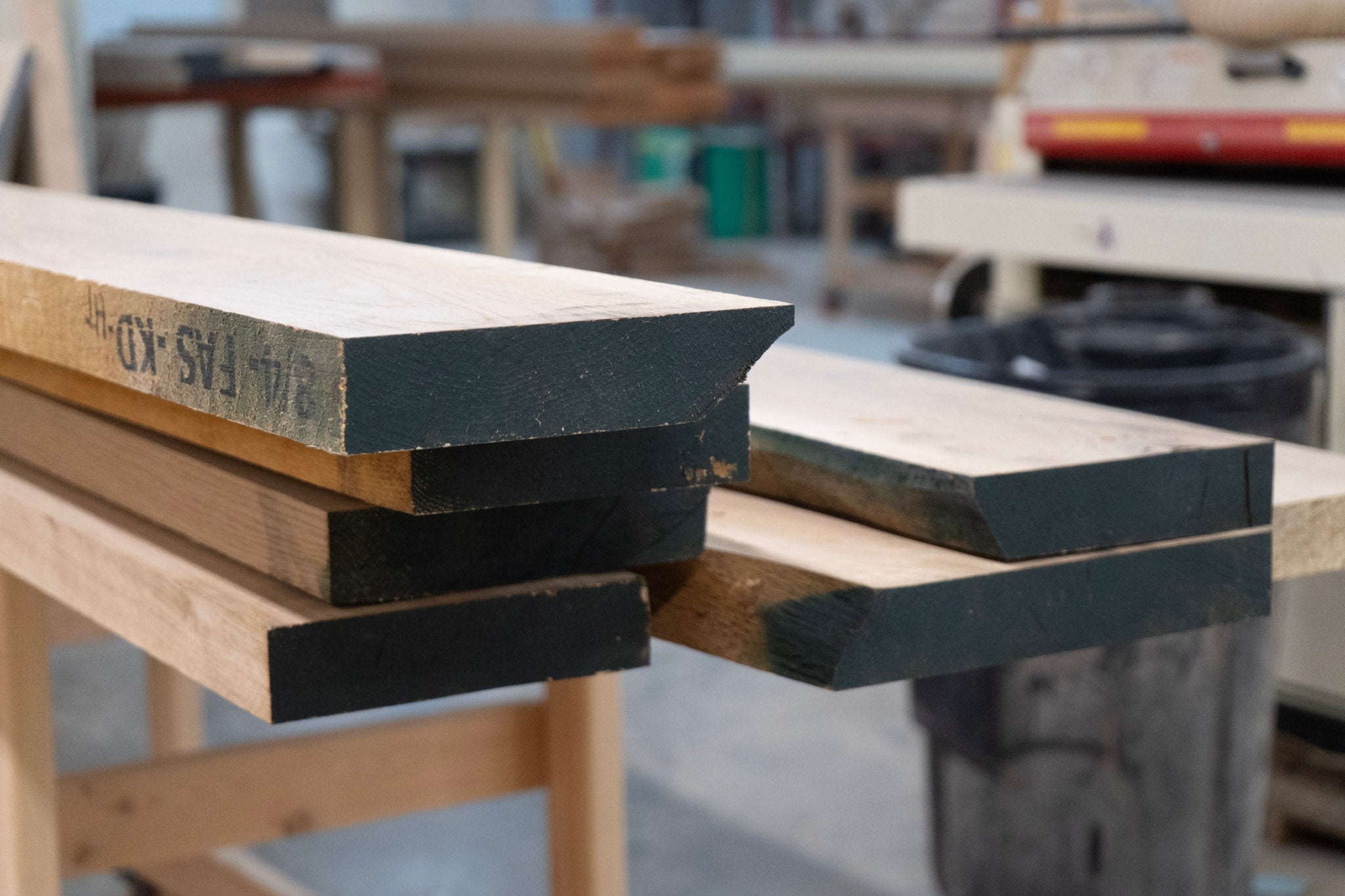How to Choose Wood Species for Restaurant Furniture

When it comes to furnishing a restaurant, the wood you choose for tables, chairs, and bar tops plays a huge role in both aesthetics and longevity. Restaurants are high-traffic environments — spills, heat, movement, and constant cleaning all take a toll on furniture. Choosing the right wood species ensures your pieces are durable, easy to maintain, and visually appealing.
Here’s our guide to selecting the best wood for restaurant furniture.
1. Consider Durability First
Durability is key in a restaurant. Wood needs to withstand constant use, shifting chairs, and occasional bumps. Hardwoods like:
-
White Oak: Extremely strong, resists dents and scratches, and ages beautifully.
-
Maple: Dense and durable, holds up well to daily wear and tear.
-
Knotty Alder: Slightly softer, but provides a warm, rustic look while remaining sturdy.
Tip: Avoid softer woods like pine for surfaces that will see heavy use, as they dent and scratch easily.

2. Think About Maintenance
In a restaurant, furniture must be cleaned often. Woods with tight, smooth grains are easier to wipe down and maintain. Species like white oak and maple resist staining and moisture better than open-grain or knot-heavy woods.
-
Open-grain woods may require extra sealing or epoxy fills to prevent liquids from soaking in.
-
Consider finishes that protect against spills and cleaning chemicals, like lacquer.

3. Match Your Style and Atmosphere
The wood species should reflect your restaurant’s aesthetic:
-
White Oak: Modern, clean, and versatile — works for contemporary or minimalist spaces.
-
Maple: Bright and uniform, ideal for casual or family-style dining.
-
Knotty Alder: Warm and rustic, perfect for farm-to-table or cozy atmospheres.
Tip: Show your designer or builder sample boards in your actual lighting — wood color can shift based on natural and artificial light.
4. Color and Grain Matter
Beyond durability, grain patterns and color affect perceived quality and vibe:
-
Straight, uniform grains give a sleek, modern look.
-
Knotty or wavy grains bring character and a handcrafted feel.
-
Darker woods like stained white oak or knotty alder can make a space feel warm and sophisticated.
-
Lighter woods like maple or white oak brighten a room and feel casual.
5. Cost vs. Longevity
Some hardwoods may cost more upfront, but they often pay off in longevity. A durable species like white oak will last decades in a restaurant setting, while a softer wood may need replacing sooner.
Rule of thumb: Invest in quality wood upfront — it saves money and stress in the long run.
Final Thoughts
Choosing the right wood species for your restaurant furniture is about balancing durability, style, and maintenance. The right wood ensures your tables, chairs, and bar tops stay beautiful and functional for years, even in high-traffic, high-use environments.
At The Woodhills, we help restaurant owners and designers select the best wood species for their needs — combining craftsmanship, durability, and style for custom tables that can withstand the daily demands of a busy restaurant.








Leave a comment